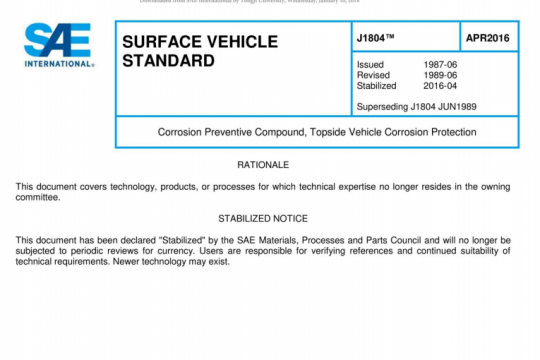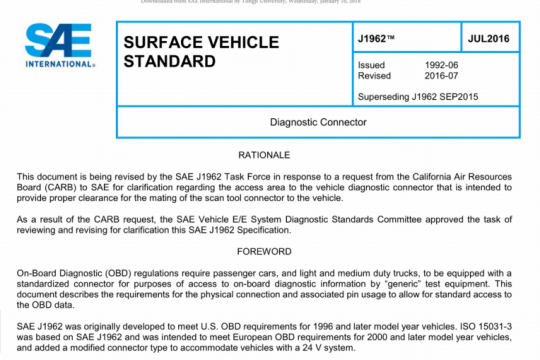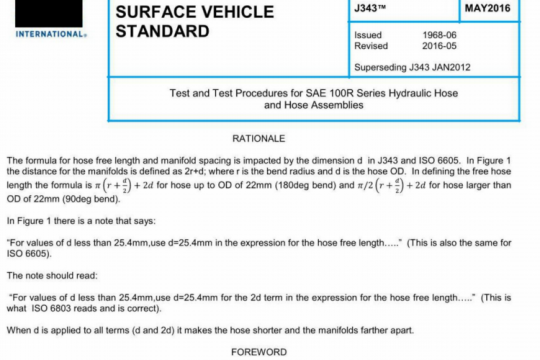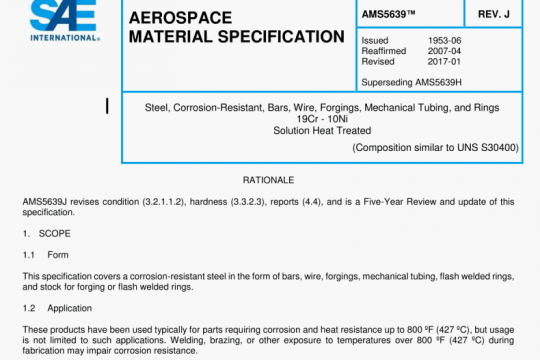SAE J1542:2020 pdf free
SAE J1542:2020 pdf free.(R) Laboratory Testing of Vehicle and Industrial Heat Exchangers for Thermal Cycle Durability
The objective of this document is to establish a guideline for the thermal cycle durability testing of heat exchangers. The thermal cycle durability test is intended to simulate thermal expansion and contraction that occurs during the typical duty cycle of a heat exchanger and is accomplished by alternating the flow of hot and cold fluid through the heat exchanger. The cycling is designed to induce a high but reasonable level of thermal strain damage to the heat exchanger, and the target number of cycles may be historically or empirically correlated back to a vehicle level durability target. Thermal cycling can result in fatigue fractures in the fluid-carrying components (tube, plates, etc.) of the heat exchanger, resulting in leaks. The likelihood of thermal fatigue fractures resulting in leaks is affected by material thickness, material strength, high temperature,magnitude of temperature differentials, and number of cycles. The pass/fail criteria should be“no leaks,” but may also include other undesireable damage associated with the testing. The test temperatures, pressures, flow rates, number of cycles, and pass/fail criteria may be different for each type of heat exchanger and application; therefore, the test specification is determined and agreed between the heat exchanger manufacturer and their customer.
Prior to starting test, check heat exchanger for integrity. This is generally a leak test. For charge air coolers, use the methods described in SAE J1726 to verify that leakage does not exceed acceptable levels.
Install test heat exchanger(s) as specified by the vehicle manufacturer and the heat exchanger supplier (orientation and support as in service, if possible) in a safe manner. It is very important that the heat exchanger mounting hardware and method replicate that intended to be used in the production application. A test setup that does not constrain the heat exchanger as installed can result in unintended stresses that may lead to a non-representative and possibly premature failure.SAE J1542 pdf free download.




